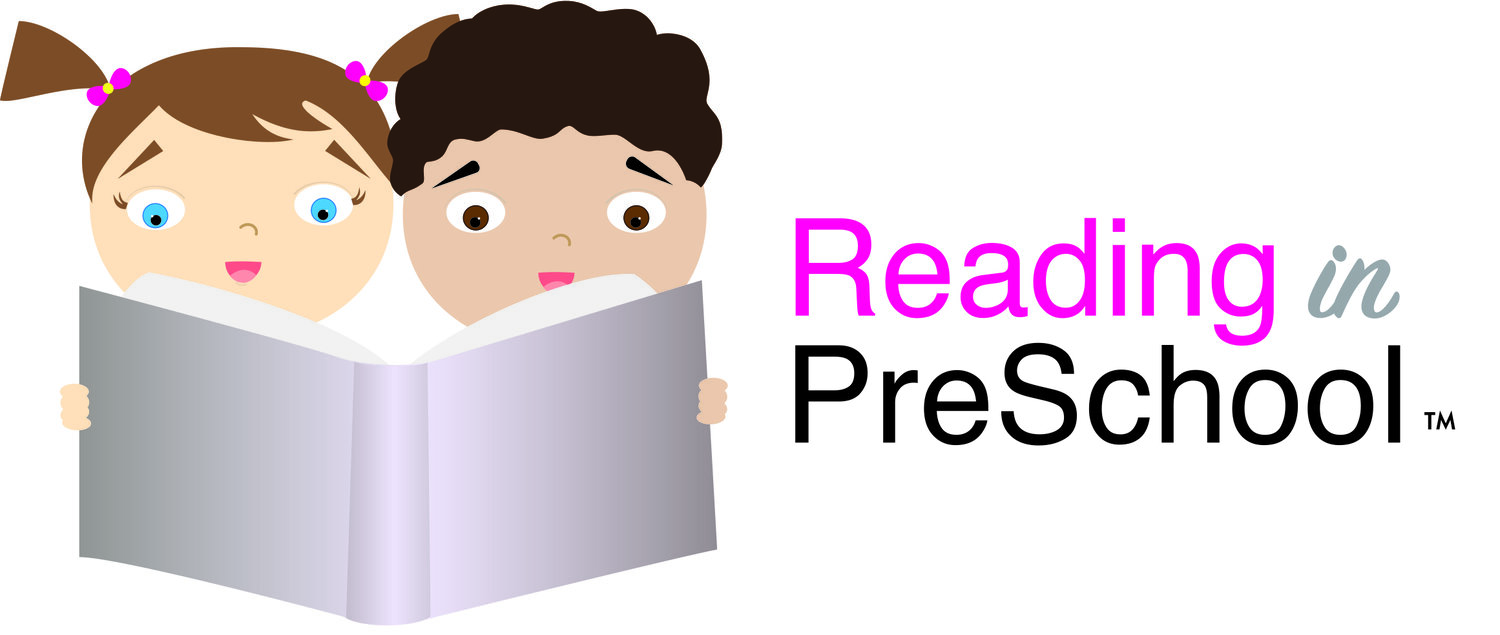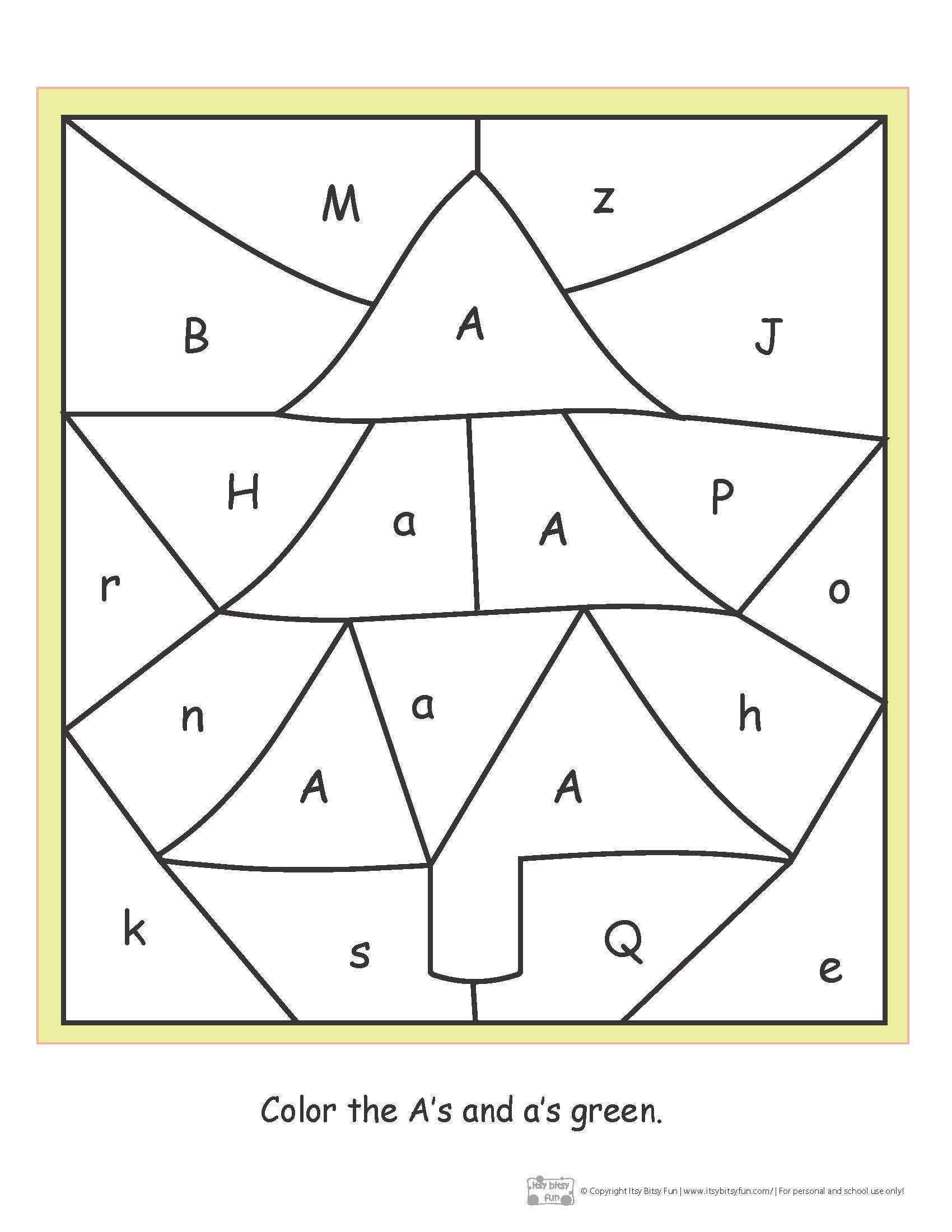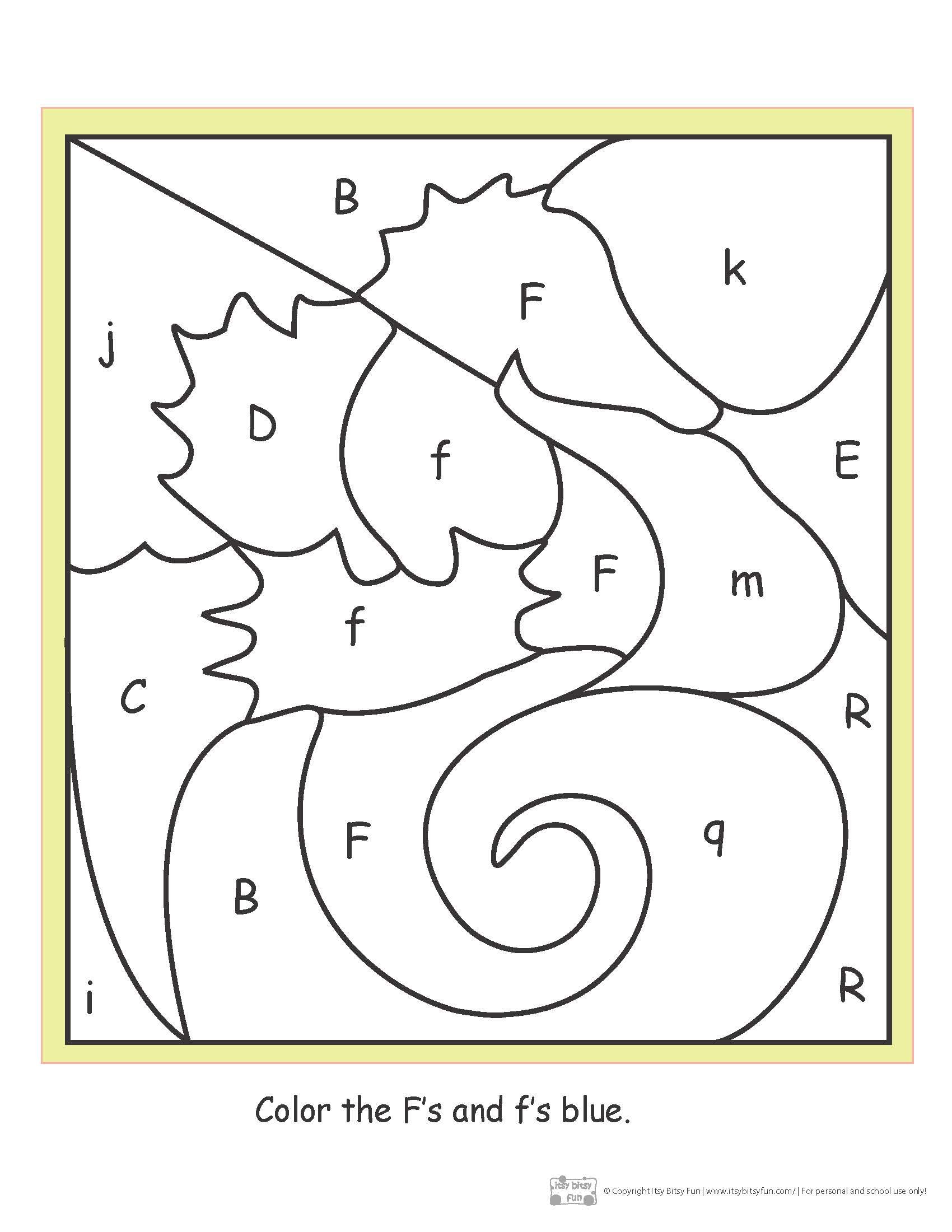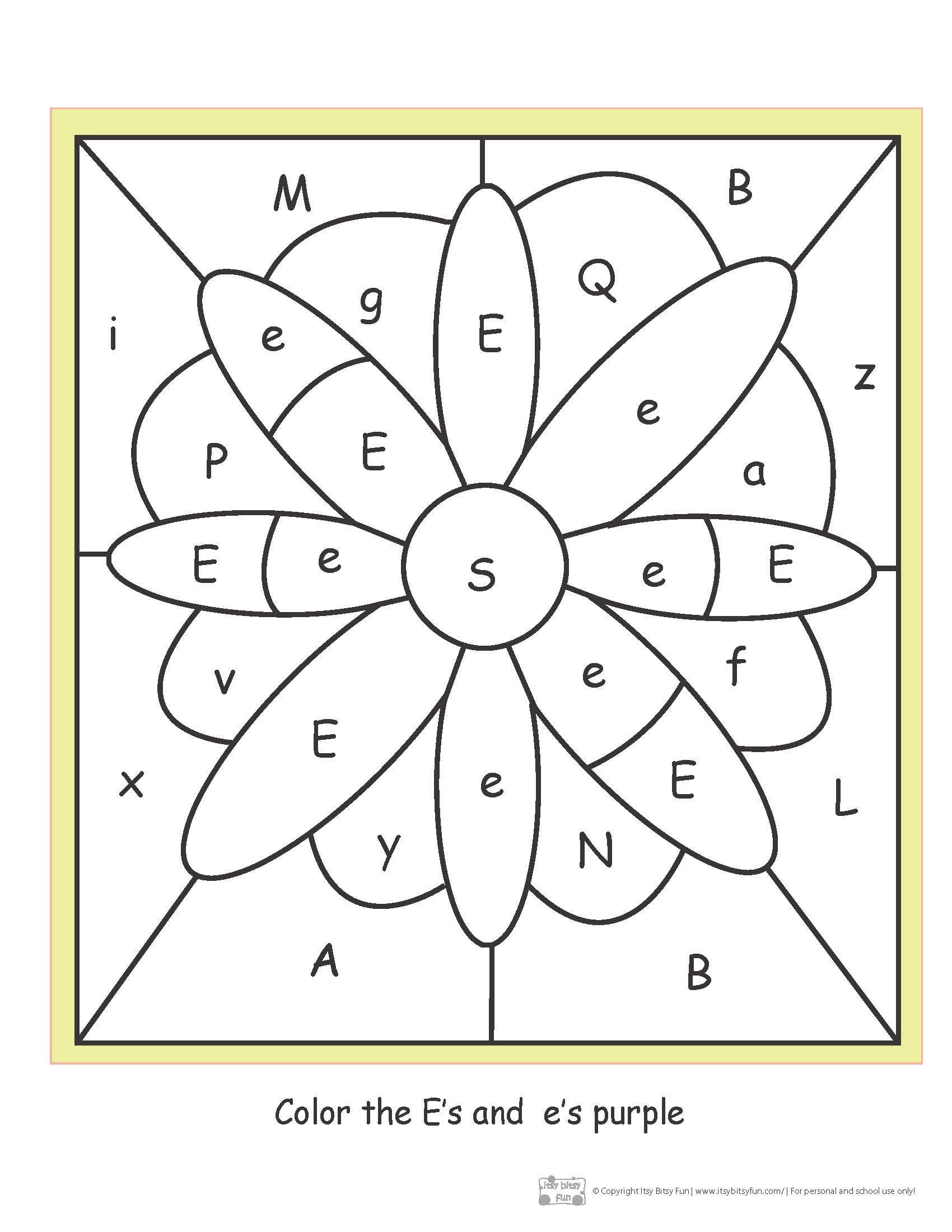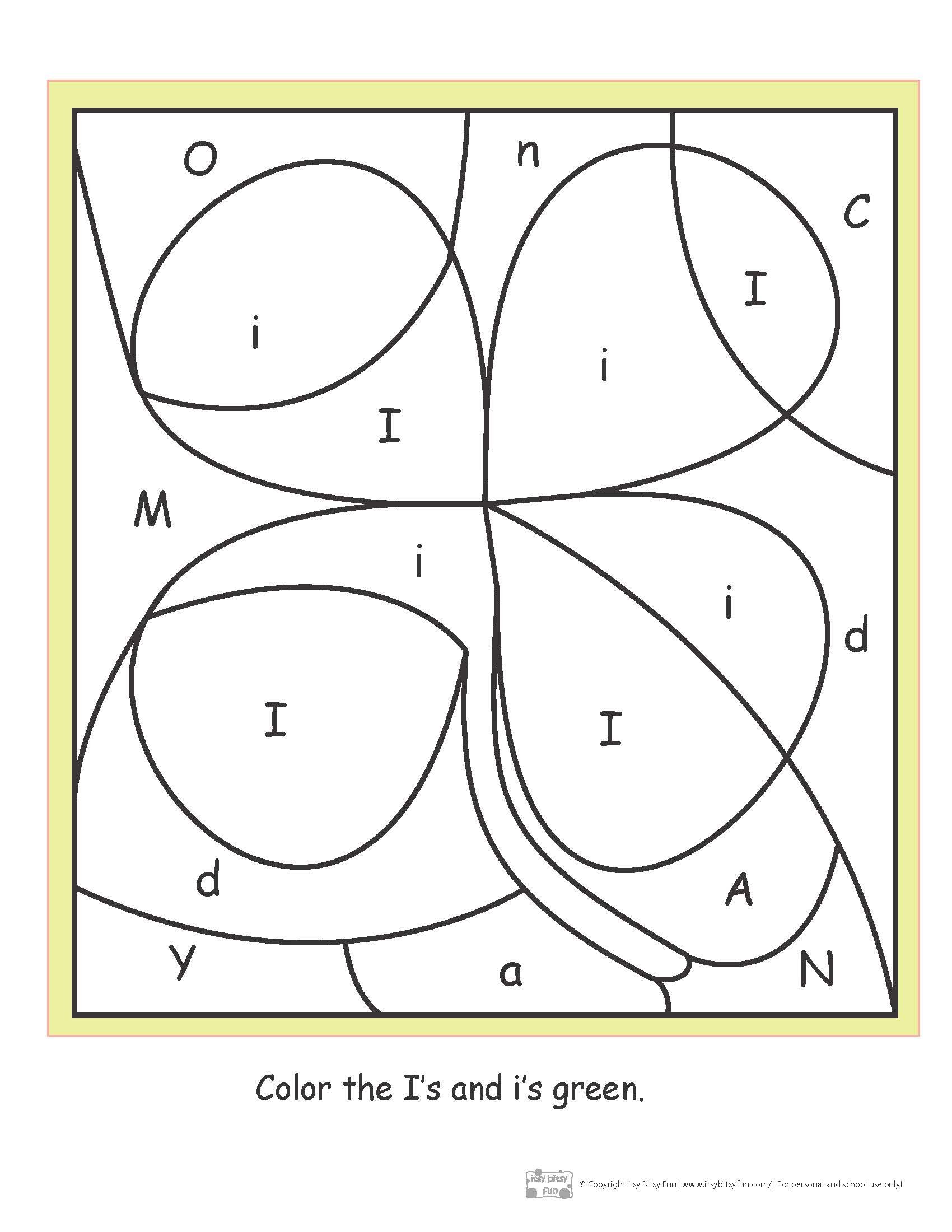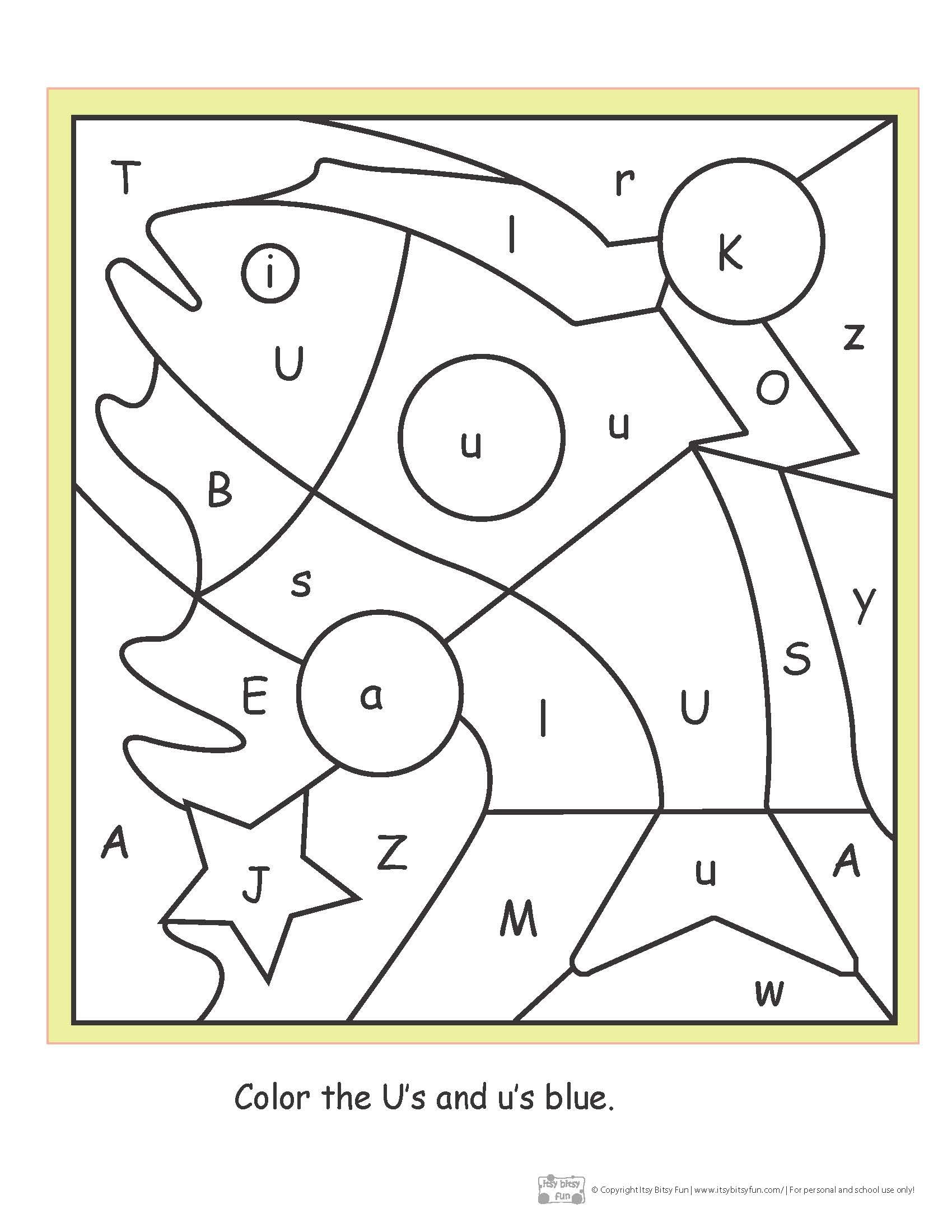12 ACTIVITIES FOR THE HOLIDAY BREAK
During the holiday season and breaks, when families are traveling around and regular classes are canceled, it is especially important for children to continue to practice their reading skills. At times it can be difficult to get children interested in doing what they would consider “schoolwork” or “homework” during these breaks, but consistency is essential to maintaining progress and ensuring that things are not forgotten during long breaks.
When children take a break from school they can easily forget what they have learned, so it is important to stay engaged with reading and reinforce the skills they have already acquired. At Reading in Preschool, we encourage home practice regularly throughout the year, but especially during times when children do not receive regular scheduled classes.
We know how busy a parent's life can be, so we have put together a list of easy and engaging activities that families can do together. With these activities that can be adapted for all ages, parents can help their children maintain their reading skills by playing fun reading games. This will help it feel more like playtime instead of “homework”
1. COLOR BY SOUND
Age group: 3 to 5
Download and print these letter worksheets and have your child color by sounds. Every letter should be colored the same.
2. LETTER SOUND SLAP
Age group: 2 to 5
You just need your Expressive Letter Cards (or a few sticky notes) and a fly swatter to make this activity work. Place your letter cards or letter notes on a floor or a table. The rest of the job is for your child. Call out a letter sound and ask your child to swat on the letter that matches the sound.
Quick tip:
After your kids have swatted the letter, they can keep the card. The goal should be to gather as many cards as possible. It will help you test your kid’s understanding.
3. PLAY DOUGH LETTERS
Age group: 2 to 5
For this engaging activity, you need some colorful play dough. Show your child a flashcard and let them identify the letter given. Now, using the playdough kids have to make that letter. This activity works especially well for kinesthetic learners.
4. TRAIN/CAR STATION PHONICS
Age group: 2 to 7
Most children have a train or a car toy and some might even have a track or two to go with it!
So why not try to get trains and tracks into phonics? It’s super simple. Using your Expressive Letter Matching Cards or flash cards you can create letter or word stations on the floor. Have your child drive their toy up to your station and say the letter or word. If they say it right, they keep the station. The goal should be to gather as many cards as possible.
5. LETTER & WORD JUMP
If your child is super energetic and enjoys being outdoors this Phonics game activity is perfect for them! It works best with chalk and pavement or flat stone.
Younger children or children just learn their letters. – Draw hopscotch on the ground and write letters or a combination of letters in the boxes. As they hop on the squares, ask them to speak out the letters.
Older children – Using the list of words your child is learning write these words randomly on the pavement. As you say out the words loudly while articulating the sounds of the given word, your child will go to that specific word. Make sure they say the word before moving on. They keep moving and jumping to newer words they learn.
6. CUT AND STICK TREASURE HUNT
Age group: 3 to 7
Provide lots of old magazines, newspapers, and old cardboard boxes, for example, cereal boxes. Ask your child to search for the letter sound you are currently working on. This is a bit like a treasure hunt. You can provide magnifying glasses to encourage them to look really closely.
Quick tip:
If they have the skills, have them cut out the letters and stick them onto a card to make a letter collage.
7. SCAVENGER HUNT
For this scavenger hunt, you can make your child get involved in some physical activity.
Younger children or children just learn their letters. - Using the Expressive Letter Matching Cards or some sticky notes, hide letters around the house on items that start with that letter sound. Then show your child the letter, identify the sound of the letter with them, and encourage them to scavenge for all the items in the house that have the letter on them.
Older children – Using the Expressive letters ask them to pick a letter, have them identify the sound of the letter, and encourage them to scavenge for all the items in the house that begin with the same sound as the letter.
8. HUMAN LETTERS
Age group: 3 to 7
This is great for children who are active learners and like to be physical. Ask them if they can physically make a letter sound with their own body. They can try to do this alone or with a partner. Depending on the age and stage of the children, you may need to give them a visual letter symbol to copy. Take photographs of their body shapes so that they can decide if they were successful. Encourage making letters by lying down or standing up.
Quick tip:
For older children, have the child pick any letter to act out for you while you try to guess what it is. Alternate taking turns.
9. PICTURE TAKING
Age group: 3 to 7
Give your child a camera and ask them to click pictures of random objects. For instance, they can click a picture of an apple or a zip. Have them sound out the letter or word of the object they take a picture of. If you want to take it a step further, you can then help them make their own picture book with different letters and phonics. This is also a good activity to try during your family trips and vacations.
10. DOUGH ALIENS
Age group: 4 to 7
Pretty much all children like aliens and this activity really taps into this passion that many have.
All you need for this is a lump of playdough or plasticine, and some popsicle sticks with letters written on them. The idea is to make aliens! The lump of dough is the alien’s head. The three popsicle sticks then become the antennae. Build an alien, and then try to read the word.
11. LEARNED SPY
Age group: 4 to 7
This game is great for car rides or family walks. In this classic game, ask your child to spy for words that begin with the sound of the letter you want them to learn. For instance, say, “I spy with my little eye, something beginning with /ck/ or /mm/.” Your child will then say words beginning with that sound.
12. PLAYING WITH MISSING SOUNDS
Age group: 4 and up
For this game, you will need a large whiteboard & marker, or standing presentation board (white butcher paper that you can tape to the wall works well too). You will also need sticky notes and a giant marker.
The first thing is to write out a bunch of CVC (consonant vowel consonant) words that have options for vowel swapping. Some are: d__d, b__d, s__t, h__t, f__n, r__t, d__g.
Next, write out six of each vowel onto a sticky note and hide them around the house. Have your child find the vowels and bring them to the board with words to try and complete the word by sounding out each word!
Not every vowel will work in every word.
Most words have multiple vowel options like (hat, hit, hut, hot)
